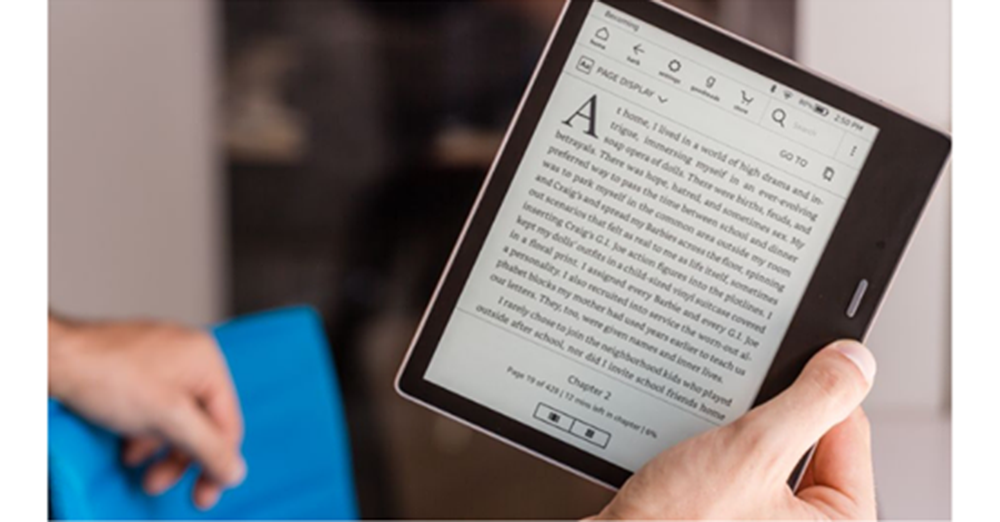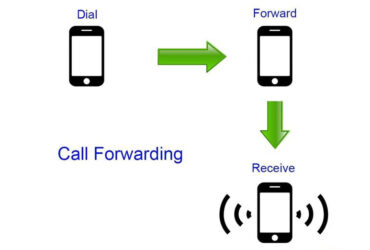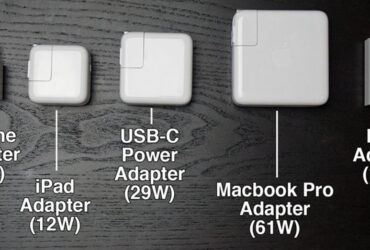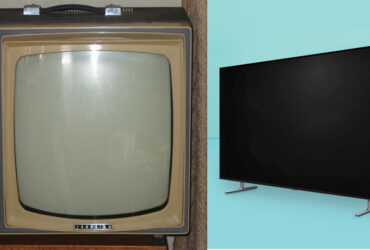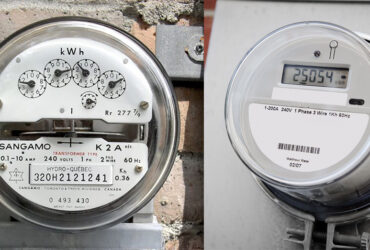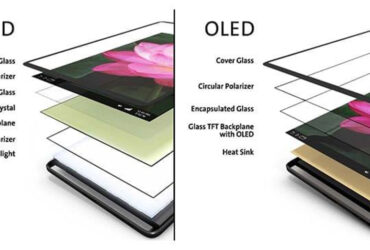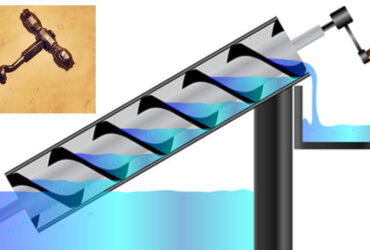In today’s article, we will talk about the E-ink display commonly used in e-book readers such as the Kindle and Kobo. Initial research on e-ink began in 1996 at MIT’s Media Lab. How it works. E-ink display technology uses tiny microcapsules that contain black and white particles. A negative electrical field causes white particles to appear on the surface, while a positive electrical field causes black particles to appear. It means adjusting the positive and negative electrical fields as needed and displaying the words.
The advantages of e-ink display are: Unlike LCD and AMOLED, it does not have backlit, so the battery is very durable. Most e-readers on the regular market can last from 2 weeks to 1 month on a single charge.
It does not use reflective glass, so it can read well even in the sun. It’s more like a typeface, so even reading for a long time won’t hurt your eyes like LCDs.
There is no blue light, so you don’t have to worry about not sleeping when you read at night. (Blue light disturbs sleep at night)The disadvantages are: Refresh rate is not as fast as regular smartphone displays, so it is not responsive. With no backlit, you need to get help from another light source to see in the dark.
To date, most e-ink displays are available in white or black. They are still black. The advanced color ePaper (ACEP) technology was announced by the e-ink corporation in 2016, and some eBook readers are beginning to use color e-ink displays. Because of the lack of backlit, e-reader companies have solved the problem of illiteracy in the dark by using a technology that extends from the top of the display, rather than under the so-called front-lit display.
In conclusion, the e-ink display is designed for use in eBook readers, not phones and tablets, so the text is in print and very readable. If you do not have the above-mentioned weaknesses, you will not be able to reflect light in the sun. Battery life is a feature we want in our current smartphones.

